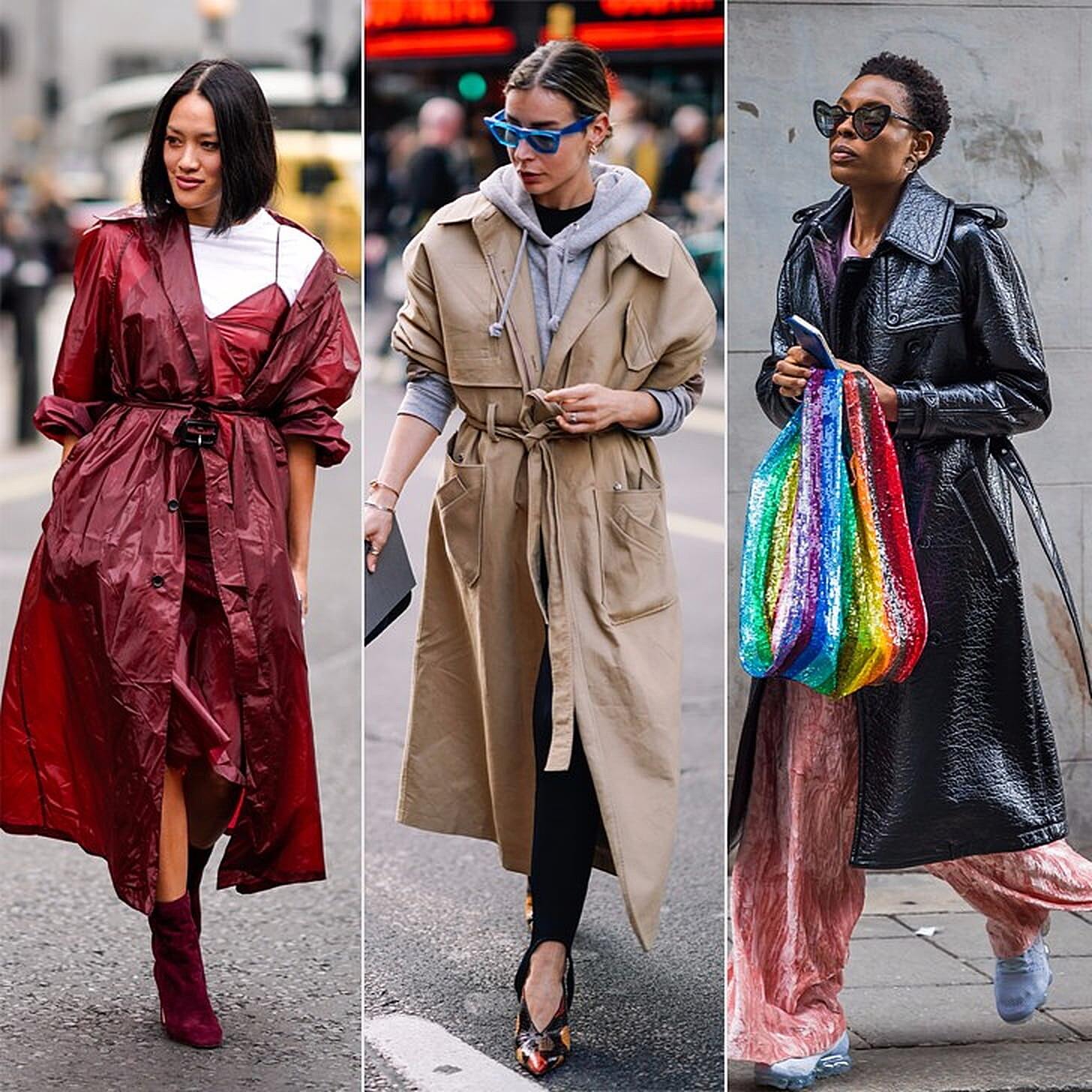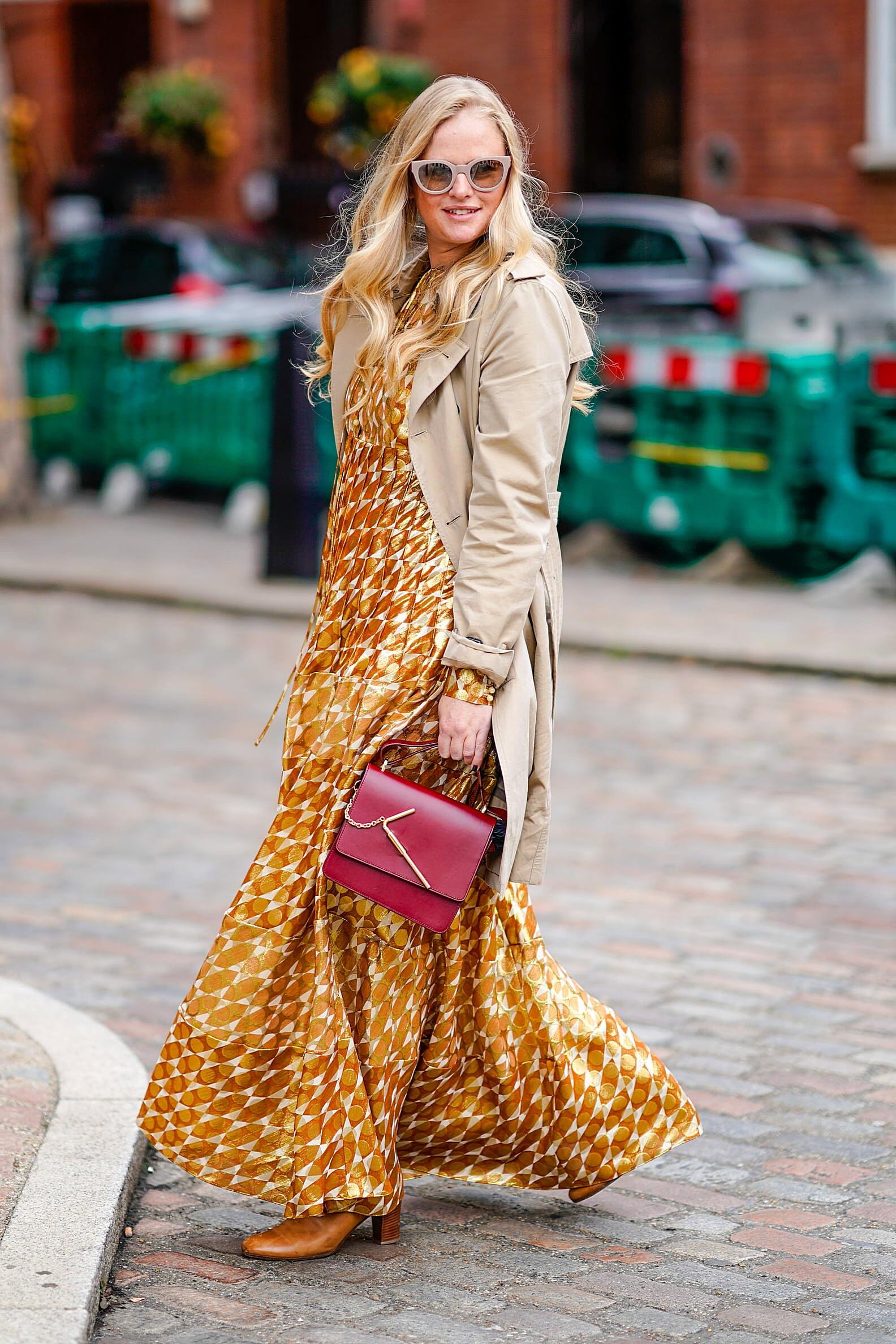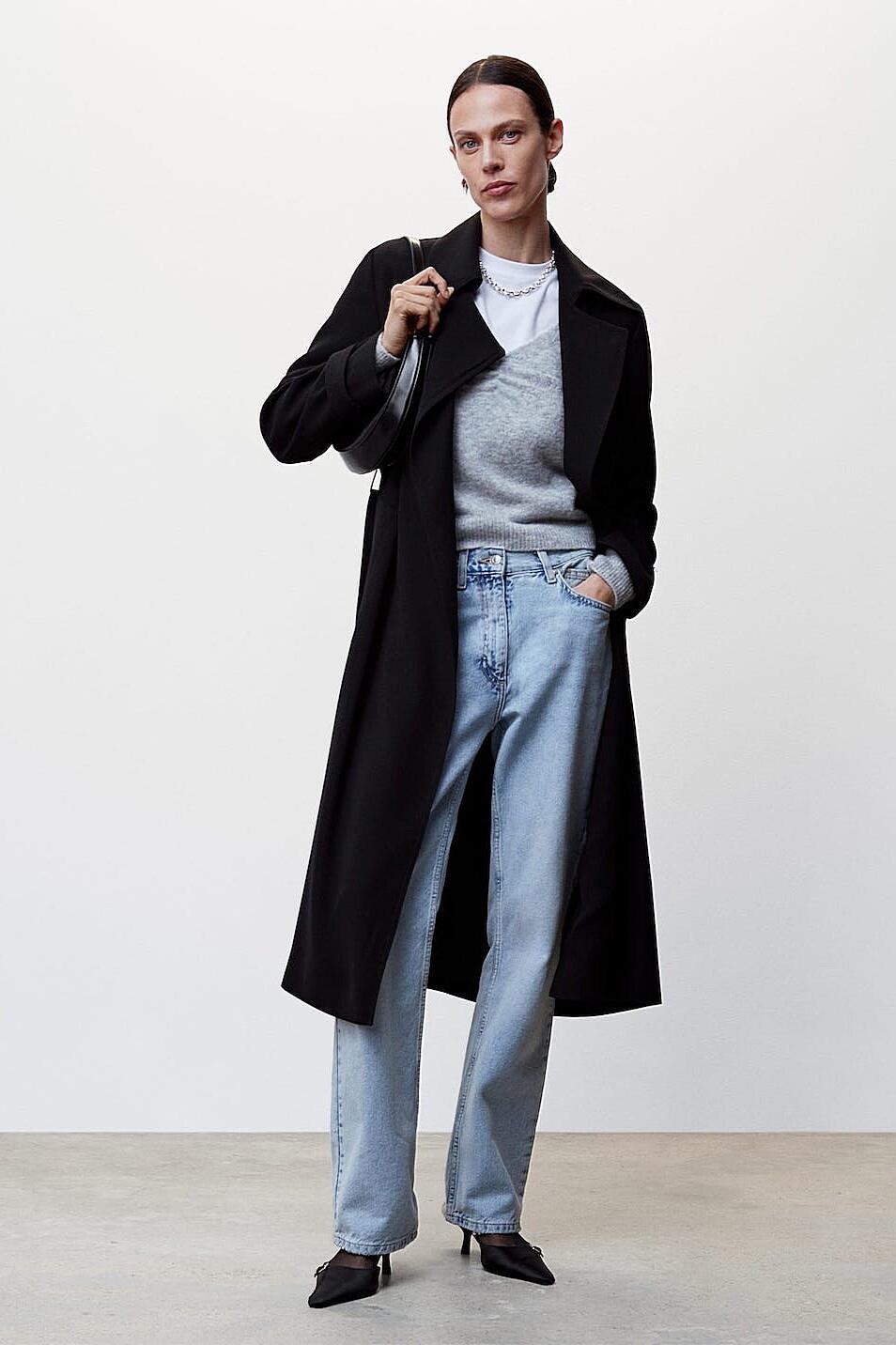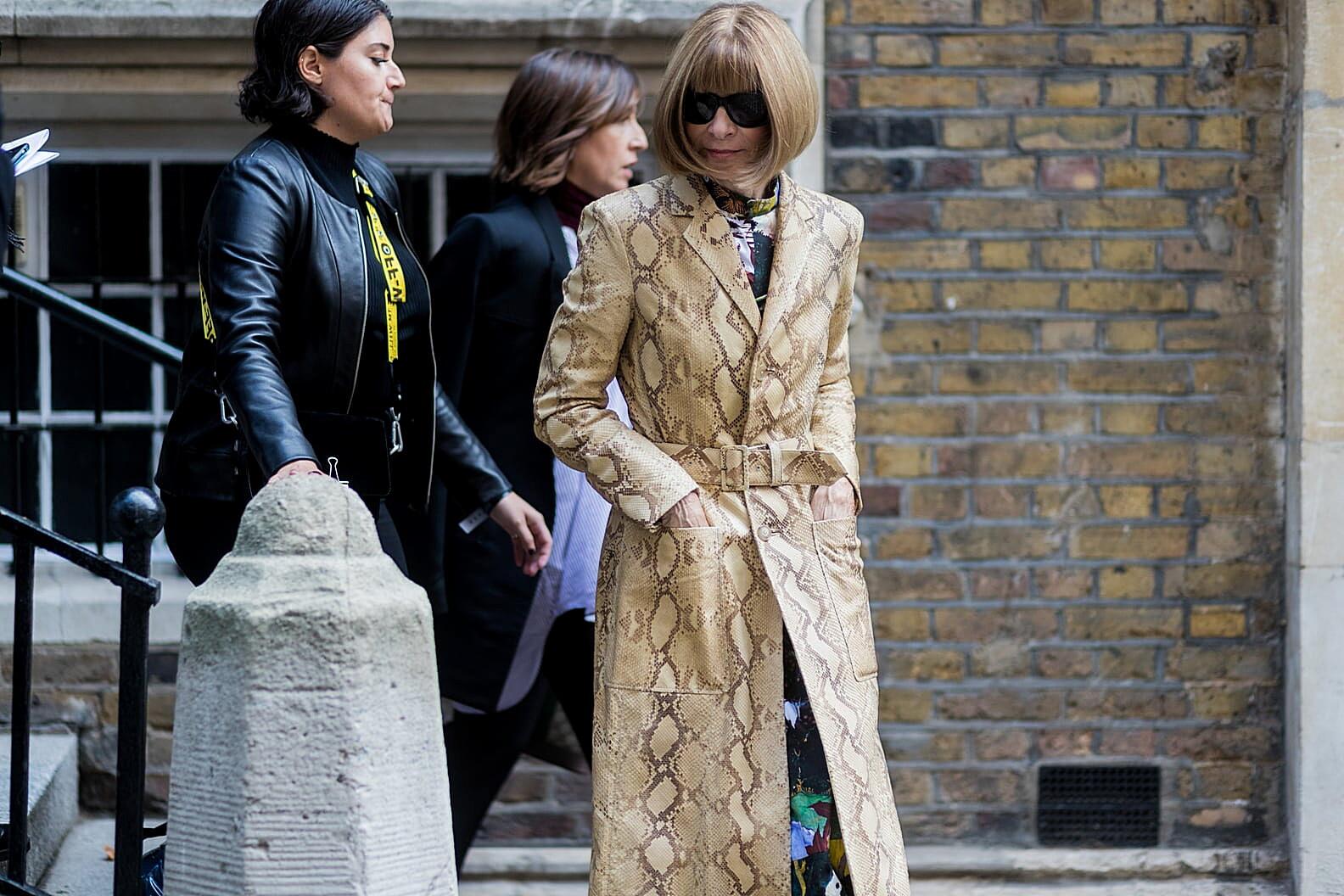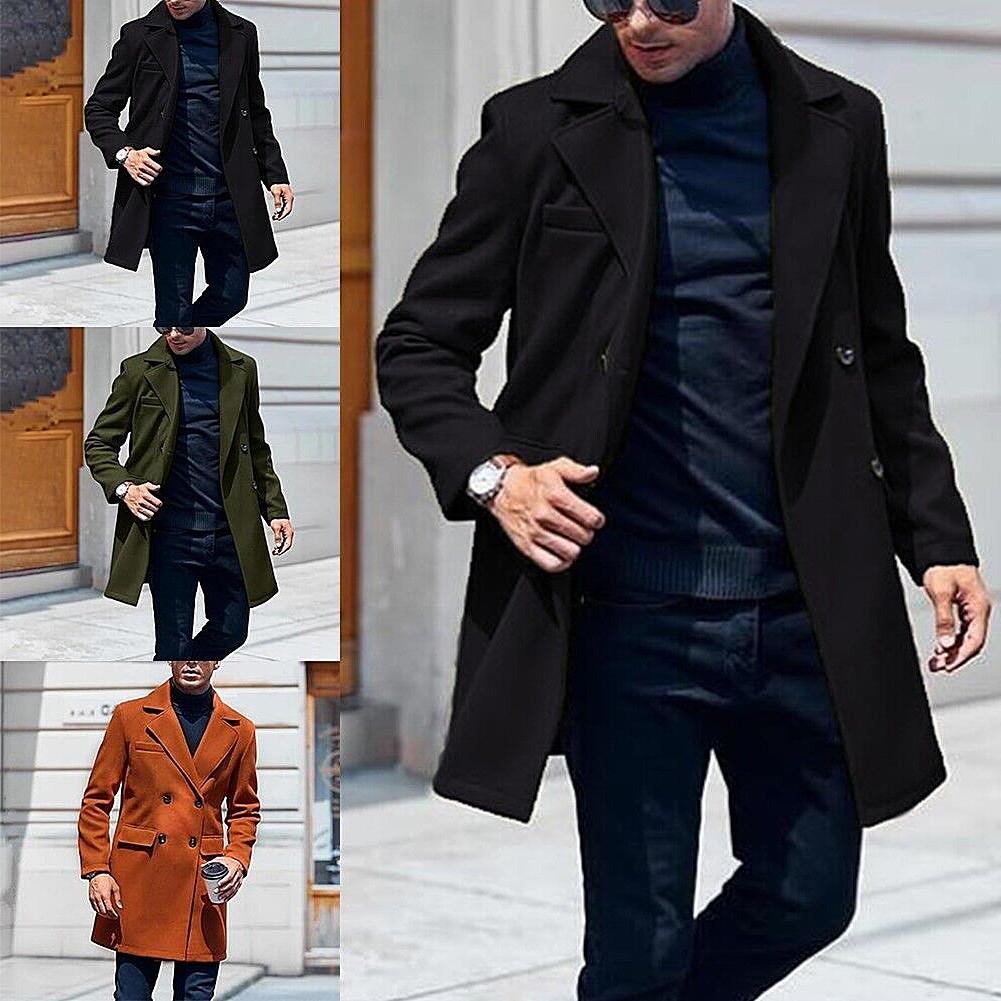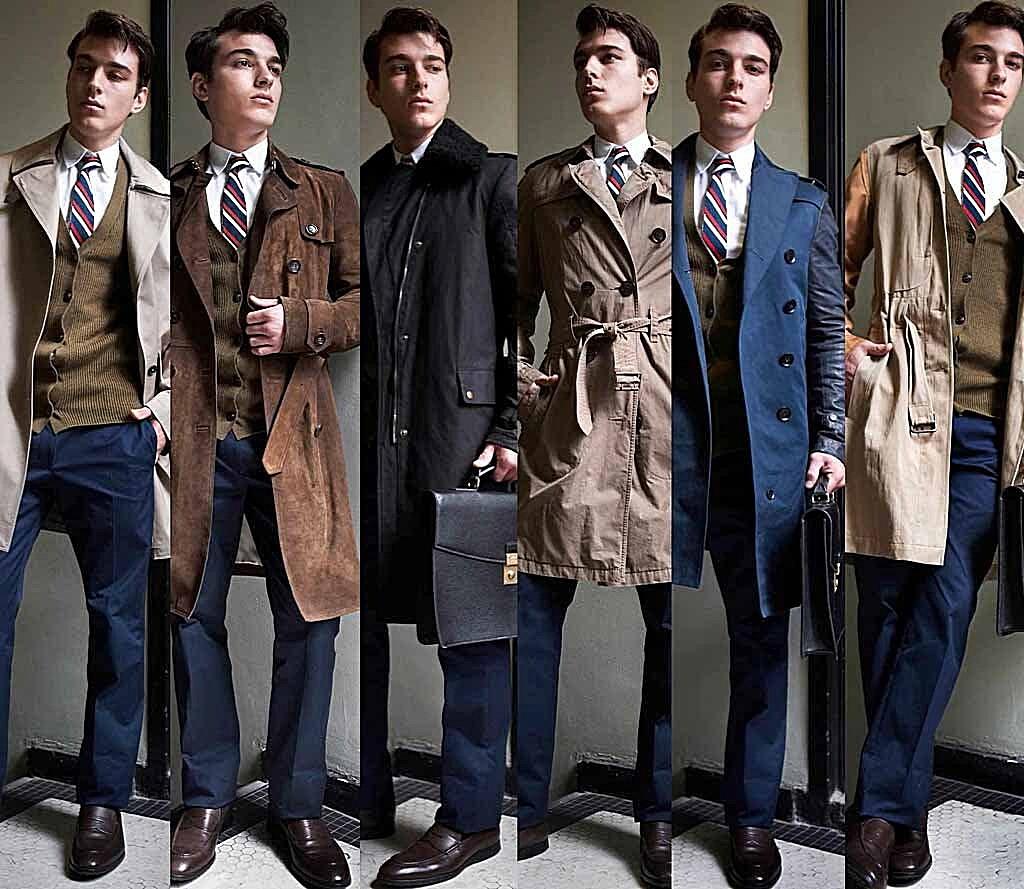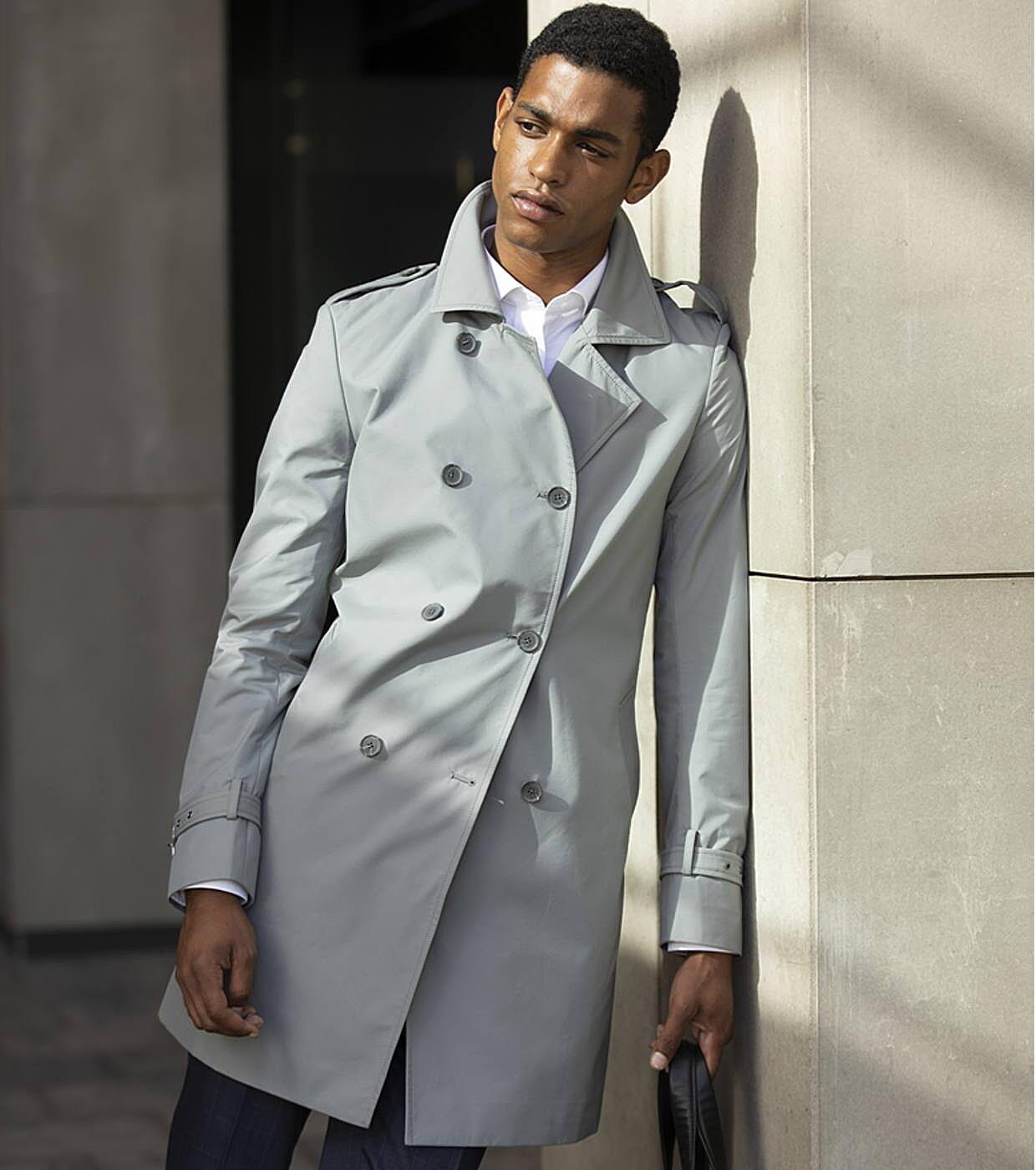The trench coat. A garment shrouded in a bit of mystery, forever linked to Humphrey Bogart, wartime intrigue, and that certain je ne sais quoi of effortless cool. It’s a piece that seems to float between style categories, equally at home slung over jeans and a t-shirt as it is paired with a dress. But the question remains: Is a trench coat formal wear? This is the sartorial puzzle we’re here to unravel. While the answer isn’t a simple yes or no, we can confidently say that while traditionally not considered strictly formal, the modern trench coat, with the right fabric, details, and styling, can certainly navigate the realms of semi-formal and even, in very specific circumstances, some formal occasions.
What Makes Something Formal?
Before we can definitively answer the question, “Is a trench coat formal wear?”, we need to establish a shared understanding of what “formal wear” actually means. Formality in fashion is a spectrum, not a single point. Think of it like a gradient, ranging from the ultra-formal white tie events (think state dinners and prestigious award ceremonies) all the way down to casual Friday in the office. Navigating this spectrum requires understanding the subtle cues that signal formality.
Generally, formal wear is characterized by specific fabrics, cuts, details, and colors. For example, luxurious fabrics like silk, velvet, and satin are often associated with formal occasions, while more casual fabrics like denim and linen are generally avoided. The cut of the garment also plays a crucial role. Tailored suits and flowing gowns convey a sense of formality, while looser, less structured clothing tends to be more casual. Details matter too. Intricate embellishments, like beading or embroidery, often elevate a garment’s formality. Finally, color plays a part. While black is a classic choice for formal events, other neutral and jewel tones can also be appropriate. Bright colors and bold patterns are generally considered less formal.
Here’s a quick breakdown of the main levels of formality to give you a better idea:
- White Tie: The highest level of formality. Think full evening dress with a tailcoat, white waistcoat, and bow tie for men, and floor-length gowns for women.
- Black Tie: A step down from white tie. Men typically wear tuxedos, and women wear evening gowns or cocktail dresses.
- Semi-Formal: This category encompasses a broader range of attire. Men might wear suits or sport coats with dress pants, and women often choose cocktail dresses, dressy separates, or jumpsuits.
- Cocktail Attire: Often considered a subset of semi-formal, this style is usually a bit more festive. Think shorter cocktail dresses, dressy pantsuits, or stylish separates.
- Business Formal: This is the most formal level in a business setting, think suits for men and professional dresses or skirt and jacket combinations for women.
It’s also important to remember that context and occasion play a huge role in determining formality. A trench coat that might be perfectly acceptable for a semi-formal outdoor wedding could be completely inappropriate for a black-tie gala. Understanding the specific dress code requested (or implied) is crucial for making the right fashion choices.
A Look Back: The Trench Coat’s Origins
To truly understand the trench coat’s place in the fashion landscape, we need to take a trip back in time to its rather utilitarian beginnings. The trench coat wasn’t born on the runways of Paris or the pages of Vogue. Its origins are far more practical, steeped in the mud and trenches of World War I. Designed for British and French soldiers, the trench coat was a functional piece of military outerwear, built to withstand the harsh conditions of trench warfare.
Think about the features: the water-resistant gabardine fabric, the double-breasted closure for extra warmth, the belt to cinch the waist and keep out the elements, the epaulets to display rank, and the storm flaps to protect against wind and rain. Every detail served a purpose. It was a coat designed for survival, not style.
After the war, the trench coat made the transition from military necessity to civilian chic. Its association with heroism and adventure, coupled with its practical design, made it a popular choice for both men and women. Hollywood further cemented the trench coat’s iconic status, dressing stars like Humphrey Bogart and Marlene Dietrich in trench coats in classic films like Casablanca and Shanghai Express. This cinematic association added a layer of glamour and intrigue to the trench coat, transforming it from a functional garment into a symbol of mystery and style.
Over the decades, the trench coat has evolved, with designers experimenting with different fabrics, lengths, and details. While the classic trench coat remains a timeless piece, variations in leather, wool, silk blends, and even more modern materials have broadened its appeal and expanded its styling possibilities. This evolution is key to understanding how the trench coat can sometimes venture into the realm of formal wear.
Decoding the Trench: Fabrics and Features
Now, let’s dissect the anatomy of a trench coat and explore how its various components contribute to its overall look and, crucially, its perceived formality. Because, as we’ve established, the question “Is a trench coat formal wear?” hinges on these crucial details.
Fabric Matters: How Material Impacts Formality
The fabric of your trench coat is perhaps the single most important factor in determining its formality. A classic trench coat is traditionally made from cotton gabardine, a tightly woven, water-resistant fabric that’s durable and practical. While gabardine is a great all-rounder, it’s not inherently formal. However, other fabrics can elevate the trench coat’s status.
- Leather: Leather trench coats tend to lean more casual and edgy. While a sleek, black leather trench might work for a stylish night out, it’s generally not considered appropriate for formal events.
- Wool: A wool trench coat, particularly in a fine, smooth weave, can be surprisingly elegant. Wool blends can offer a good balance of warmth and formality.
- Silk Blends: A trench coat made from a silk blend or other luxurious fabric can definitely be dressed up. These fabrics have a beautiful drape and sheen that lends itself well to more formal occasions.
- Modern Materials: You’ll find trench coats made from all sorts of materials these days, from technical fabrics to vegan leather. The formality of these materials will vary depending on their texture and finish.
Key Design Elements: Details that Define the Look
Beyond the fabric, the classic trench coat boasts a number of distinctive design elements that contribute to its overall aesthetic.
- Double-Breasted Closure: This classic feature adds a touch of formality and provides extra warmth.
- Belt: The belt is not just functional; it also helps to define the waist and create a more tailored silhouette, which can enhance formality.
- Epaulets: These shoulder details are a nod to the trench coat’s military origins. While they add character, they don’t necessarily contribute to or detract from formality.
- Storm Flaps: Another functional detail designed to protect against the elements. Like epaulets, they add to the trench coat’s distinctive look.
Length and Fit: Finding the Right Proportions for Formality
The length and fit of your trench coat also play a role in its perceived formality.
- Length: Longer trench coats, particularly those that fall below the knee, tend to look more formal than shorter styles.
- Fit: A tailored, slim-fitting trench coat will generally appear more formal than an oversized or loosely structured one. Think clean lines and defined shoulders. An ill-fitting trench, no matter the fabric, will always look sloppy and therefore, informal.
Answering the Question: Is a Trench Coat Formal?
So, we’ve explored the fabrics, the features, the history… now, for the million-dollar question: Is a trench coat formal wear? The answer, as you might have guessed, isn’t a straightforward yes or no. It’s more of a “it depends.” And what it depends on is a delicate dance between fabric, style, and, of course, the occasion itself.
Let’s be clear: a classic trench coat, the kind you see in movies, made from traditional cotton gabardine in a neutral color like navy, black, or beige, can be dressed up. It can absolutely work for semi-formal events, especially those where a bit of outerwear is required. Imagine an outdoor cocktail party in the fall, or a semi-formal wedding where the weather might be unpredictable. In these scenarios, a well-styled trench coat can be a chic and appropriate choice.
However, and this is a big however, most trench coats are not appropriate for strictly formal events. Think black-tie galas, white-tie affairs, or very formal weddings. For these occasions, you’ll need to stick to more traditional formal wear, like tuxedos, evening gowns, or cocktail dresses. A trench coat, no matter how stylish, simply doesn’t meet the established dress code standards for these events.
Think of it this way: a trench coat is like a chameleon. It can adapt to different situations, but it has its limits. It’s a versatile piece that can be dressed up or down, but it’s not a magic bullet that can transform into formal wear at will. The key is to understand its strengths and limitations, and to style it accordingly.
Styling Your Trench: From Casual to Semi-Formal
Now that we’ve established the trench coat’s place on the formality spectrum, let’s dive into the practicalities of styling it for different occasions. Because, as we all know, the right accessories and outfit pairings can make all the difference.
Casual Looks with a Trench Coat
The trench coat truly shines in casual settings. It’s the perfect topper for a variety of laid-back looks. Think jeans, a simple t-shirt or sweater, and sneakers or ankle boots. A trench coat adds an instant touch of sophistication to even the most basic outfits. You can wear it open and flowing for a relaxed vibe, or belt it up for a more defined silhouette. A hoodie underneath adds a cool, street-style edge. The possibilities are endless! This is where the classic gabardine trench really excels. It’s durable, practical, and effortlessly stylish.
Semi-Formal Looks with a Trench Coat
Taking your trench coat into semi-formal territory requires a bit more finesse. The key is to elevate the pieces you pair it with. Think dresses, tailored pants, blouses, and heels. A sleek, knee-length dress paired with a belted trench coat and heels is a classic semi-formal look. Or, try tailored trousers and a silk blouse, topped with your trench coat. Accessorize with statement jewelry and a clutch. The goal is to create a polished and put-together look that’s still comfortable and chic. For semi-formal occasions, consider a trench coat in a more luxurious fabric, like a silk blend or a fine wool.
Formal Occasions (When a Trench Might Almost Work)
Let’s be clear: a trench coat is rarely, if ever, the ideal choice for a truly formal event. However, there might be very specific scenarios where a very tailored, high-quality trench coat in a luxurious fabric might be acceptable. For example, if you’re attending a cocktail party where outerwear is required, and the dress code is more relaxed, a beautifully crafted trench coat in a silk blend or a very fine wool, styled impeccably with a dressy outfit, could potentially work. But this is a tricky area. It’s crucial to consider the specific context and the overall tone of the event. When in doubt, it’s always best to err on the side of caution and choose more traditional formal wear.
Trench Coat Don’ts
Just as important as knowing how to style a trench coat is knowing when not to wear it. Avoid wearing a trench coat to any event with a strict dress code, such as black tie, white tie, or very formal weddings. These occasions call for specific attire, and a trench coat, no matter how beautiful, will simply look out of place. It’s also generally best to avoid wearing a trench coat to formal business events, unless it’s a very high-quality, tailored version in a professional fabric. In these situations, a suit or a professional dress is usually the more appropriate choice.
Finding Your Perfect Trench: A Buyer’s Guide
So, you’re convinced that a trench coat deserves a place in your wardrobe. Excellent choice! But with so many options available, how do you choose the perfect trench coat for you? Here are some key factors to consider:
Body Type: The right trench coat can flatter any body type. If you’re petite, a shorter or mid-length trench coat can help to elongate your frame. If you’re tall, a longer trench coat can create a dramatic and elegant silhouette. If you’re curvier, look for a trench coat with a defined waist and a slightly flared skirt.
Style Preferences: Think about your personal style. Do you prefer a classic, timeless look, or do you like to experiment with more modern and edgy styles? If you’re drawn to classic styles, stick with a traditional trench coat in a neutral color. If you’re more adventurous, consider a trench coat in a bolder color or a unique fabric.
Intended Use: How do you plan to wear your trench coat? Will it be your everyday coat, or will you primarily wear it for special occasions? If you’re looking for an everyday coat, choose a durable and practical fabric like cotton gabardine. If you plan to wear it for more formal events, consider a more luxurious fabric like silk or wool.
Fabric: As we’ve discussed, the fabric is crucial. Consider the climate you live in and how much warmth you’ll need. Gabardine is great for moderate weather, while wool is better for colder climates. Silk blends are ideal for dressier occasions.
Color: A classic trench coat in a neutral color like beige, navy, or black is a versatile wardrobe staple. These colors will go with everything. However, don’t be afraid to experiment with other colors if you want to make a statement.
Fit: The fit of your trench coat is essential. It should be comfortable but not too loose or baggy. Make sure the shoulders fit properly and that the sleeves are the right length. A tailored fit will always look more polished and put-together.
Budget: Trench coats come in a wide range of price points. Set a budget before you start shopping so you don’t overspend. Remember that a high-quality trench coat is an investment piece that you’ll wear for years to come.
Brands: Many brands offer trench coats, from high-end designers to more affordable retailers. Do your research and find brands that align with your style and budget.
Try it on! The most important thing is to try on different trench coats before you buy one. See how they look and feel on you. Walk around in them and make sure they’re comfortable. Don’t be afraid to ask for help from sales associates. Finding the perfect trench coat takes time, but it’s worth the effort.
Keeping Your Trench in Top Condition
You’ve found your perfect trench coat – congratulations! Now, how do you keep it looking its best for years to come? Proper care is essential for preserving the beauty and longevity of your trench. Different fabrics require different care, so always check the garment’s care label before you attempt to clean or store it.
General Care Tips:
- Regular Brushing: A soft-bristled brush can help remove dirt and dust from your trench coat. Brush it regularly, especially after wearing it in dusty or dirty environments.
- Spot Cleaning: For small stains, try spot cleaning with a damp cloth and a mild detergent. Avoid harsh chemicals or bleach, as these can damage the fabric.
- Professional Cleaning: For major stains or if your trench coat is made from a delicate fabric, it’s best to take it to a professional dry cleaner. They have the expertise and equipment to clean your trench coat safely and effectively.
Fabric-Specific Care:
- Cotton Gabardine: Gabardine trench coats can usually be machine washed or dry cleaned. Follow the care label instructions carefully.
- Leather: Leather trench coats require special care. Consult a leather specialist for cleaning and conditioning.
- Wool: Wool trench coats should typically be dry cleaned.
- Silk Blends: Silk blends are delicate and should be dry cleaned.
Storage:
- Clean Before Storing: Always clean your trench coat before storing it for the season. This will prevent dirt and stains from setting in.
- Proper Hanger: Use a sturdy hanger to store your trench coat. Avoid wire hangers, as these can distort the shape of the coat.
- Breathable Garment Bag: Store your trench coat in a breathable garment bag to protect it from dust and moths. Avoid storing it in plastic, as this can trap moisture and damage the fabric.
- Cool, Dry Place: Store your trench coat in a cool, dry place away from direct sunlight and heat.
By following these simple care tips, you can keep your trench coat looking its best for years to come. It’s an investment piece, and with proper care, it will reward you with years of stylish wear.
Originally posted 2025-02-05 09:02:37.
